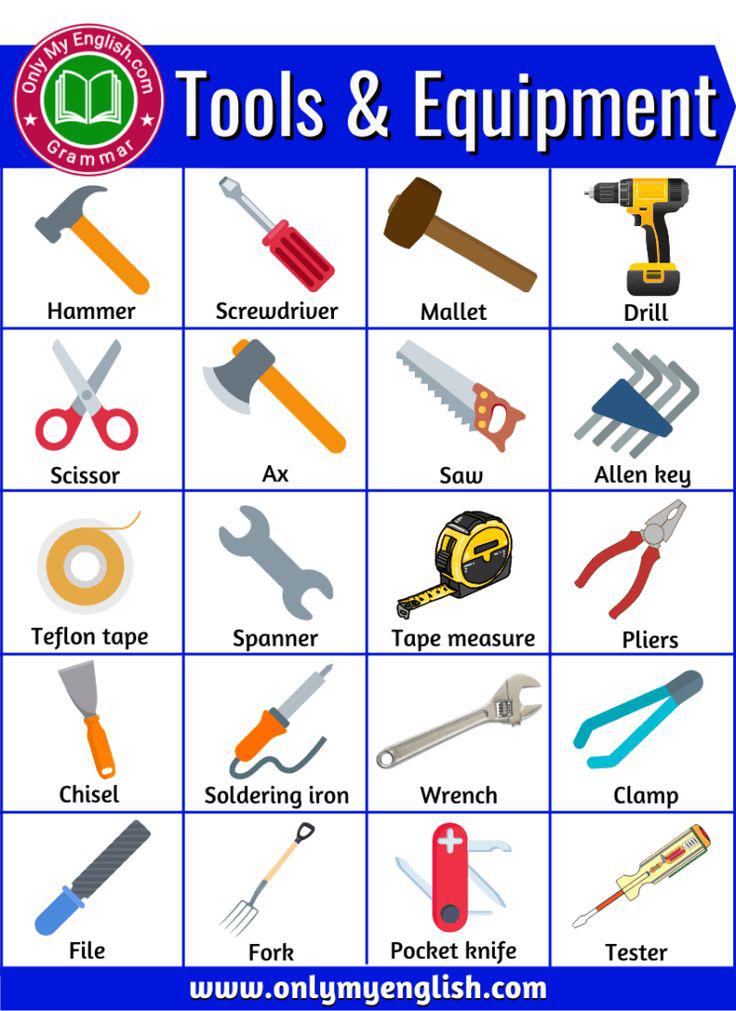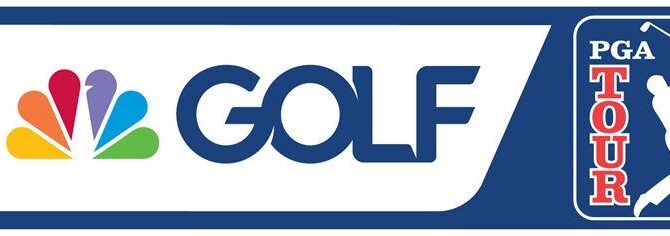Are you hitting the ball shorter than you used to? You’re not alone. Many golfers lose distance as they get older, but there are some simple things you can do to fix it.

– Swing Mechanics and Clubface Angle
Swing Mechanics and Clubface Angle
Maintaining the proper clubface angle throughout the swing is crucial for maximizing driver distance. Common swing mechanics issues that can lead to a misalignment include a weak grip, an open stance, and a lack of hip rotation.
Addressing these issues requires tightening your grip on the club, aligning your feet and hips parallel to the target line, and practicing proper hip rotation to generate power and control. These modifications will help ensure that the clubface is square at impact, promoting straighter shots and increased ball speed.
Table: Common Swing Mechanics Errors and Fixes
| Error | Fix |
|—|—|
| Weak Grip | Tighten your grip to gain more control. |
| Open Stance | Align your feet and hips with the target line to avoid an open clubface. |
| Lack of Hip Rotation | Practice proper hip rotation to generate power and control, ensuring a square clubface at impact. |
By focusing on improving your swing mechanics and clubface angle, you can unlock the full potential of your driver and dramatically increase your driving distance. Remember to practice these adjustments gradually, striving for consistency and accuracy in your shots. With a little perseverance, you’ll be bombing drives like never before.
– Equipment Mismatch and Shaft Flex
Equipment Mismatch and Shaft Flex
The grip, shaft flex, and weight of your driver can have a profound effect on your clubhead speed and the trajectory of your shots. Just like a car with a mismatched chassis and engine, a driver with mismatched components may be destined to underperform. If you’re not sure what type of shaft flex or grip you need, it’s worth being fitted by a professional club fitter.
Shaft Flex: The length, stiffness, and material of your shaft will influence the feel of your swing and the launch angle of your shots. A shaft that is too stiff or too soft can limit your club’s speed and accuracy.
If your clubhead speed is between 85-95 mph, you should consider a regular flex shaft. If your swing speed is between 95-105 mph, a stiff flex shaft may be a better option. For swing speeds above 105 mph, an extra stiff flex shaft is recommended.
Grip: The diameter, thickness, and texture of your grip can significantly change the feel of your golf swing. A grip that’s too large or too small can lead to hand fatigue and swing problems. A grip that’s too smooth or too rough can also affect your grip strength.
Weight: The weight of your driver can also play a role in your distance and accuracy. A heavier driver can help you generate more clubhead speed, but it can also be more difficult to control. If your swing speed between 85-95 mph, a driver head weight between 190-200 grams is a good starting point. For swing speeds between 95-105 mph, a head weight between 200-210 grams may be a better choice. For swing speeds above 105 mph, a head weight between 210-220 grams is recommended.
– Poor Cadence, Tempo, and Sequencing
Poor Cadence, Tempo, and Sequencing
Erratic Cadence:
Inconsistent rhythm between downswing and backswing can rob you of crucial distance. Focus on maintaining a steady rhythm, matching tempo and feel on each shot. Use a metronome or swing analyzer to identify and correct variations in your cadence.
Tempo Too Slow or Fast:
Swinging too slowly or quickly can disrupt timing and impact. Find your optimal tempo, typically between 80-100 beats per minute (BPM) for amateurs and 110-130 BPM for professionals. Use a tempo trainer or metronome to establish and maintain a consistent pace.
Unsynchronized Sequencing:
Inefficient body movements and club delivery can waste energy and hinder distance. Strive for a fluid, coordinated sequence where your arms, body, and club work together seamlessly. Identify any disconnects in your swing using video analysis or working with a qualified instructor.
Tips for Improvement:
Use a metronome or swing analyzer: Establish a consistent tempo and cadence.
Record and review your swing: Identify areas for improvement in sequencing and rhythm.
* Seek professional guidance: An instructor can provide personalized feedback and drills to enhance your swing mechanics.
by addressing these three common distance-killing errors, golfers can significantly increase their driving distance. Swing speed optimization through proper body rotation and wrist positioning, maintaining a higher clubhead speed through the impact zone, and minimizing side spin by ensuring a square face at impact are essential for maximizing distance potential. Implementing these techniques will not only improve distance, but also enhance overall swing efficiency and consistency, leading to a more enjoyable and rewarding golfing experience.





